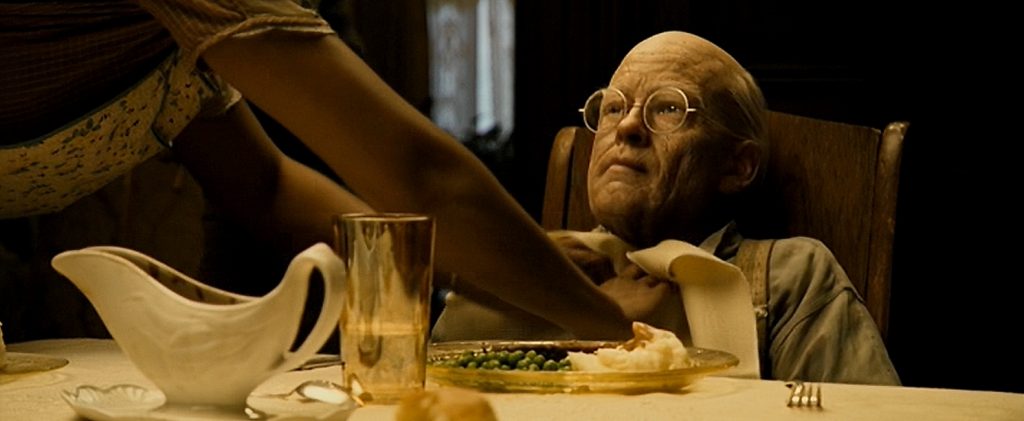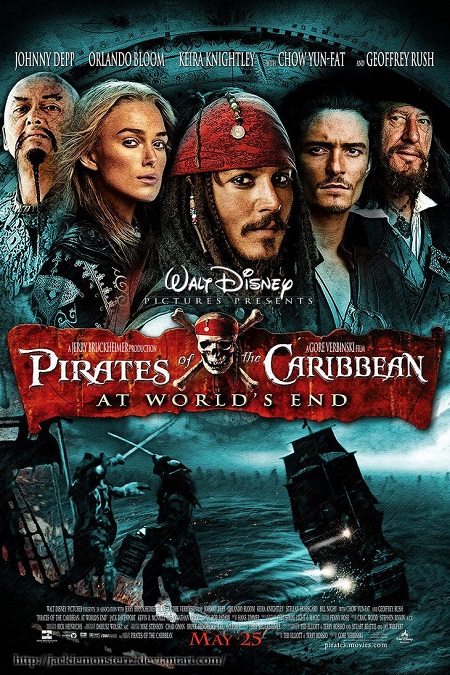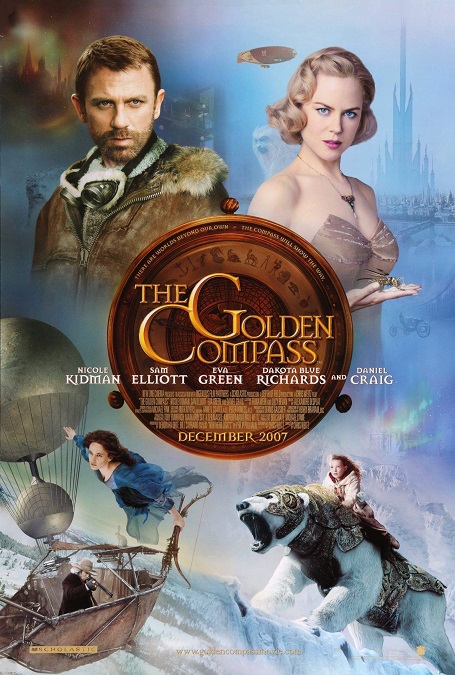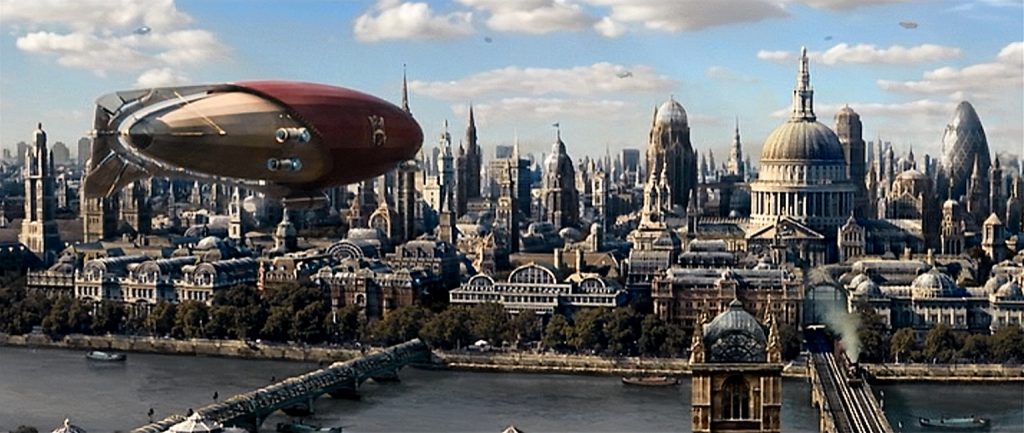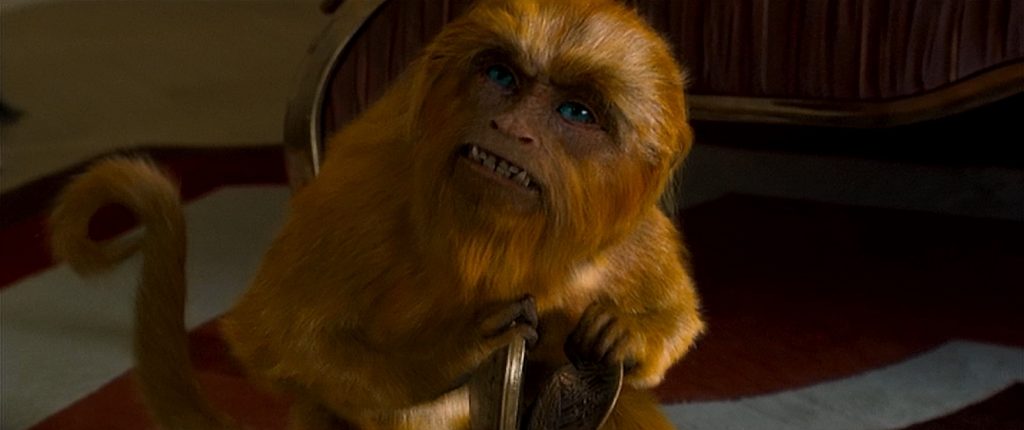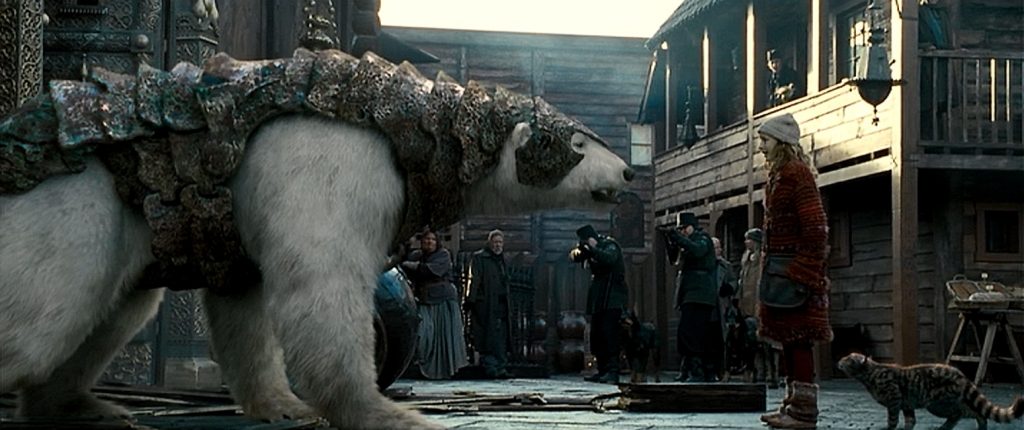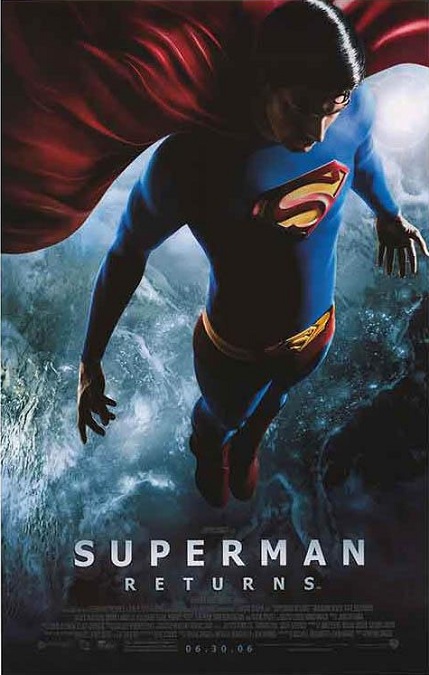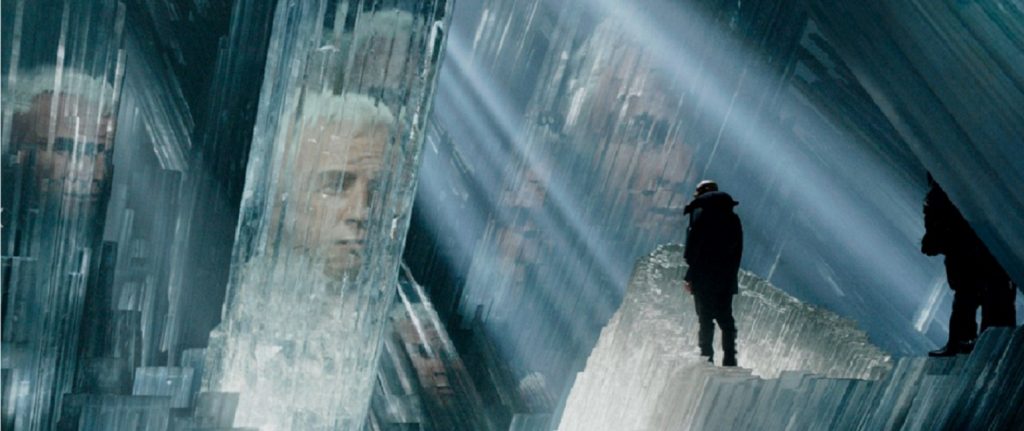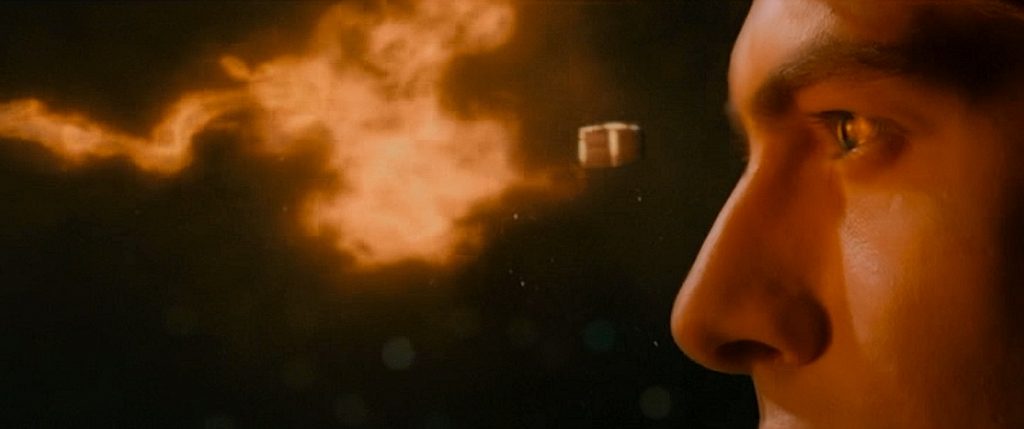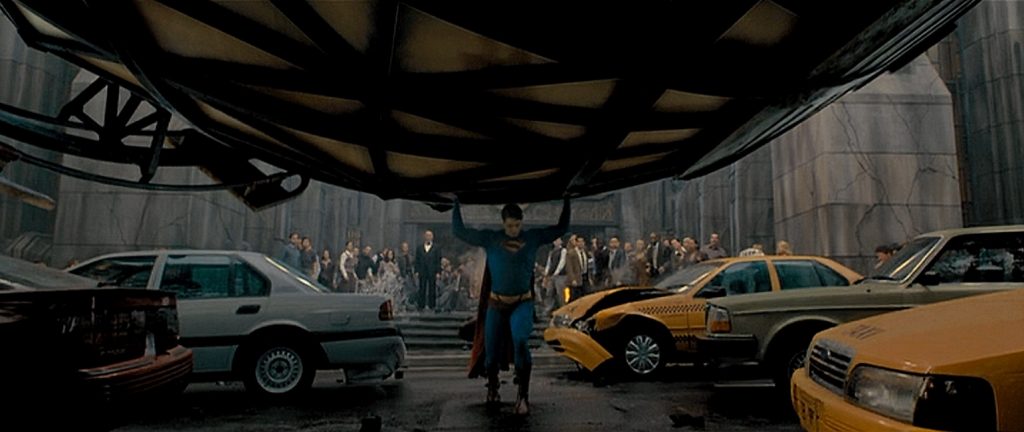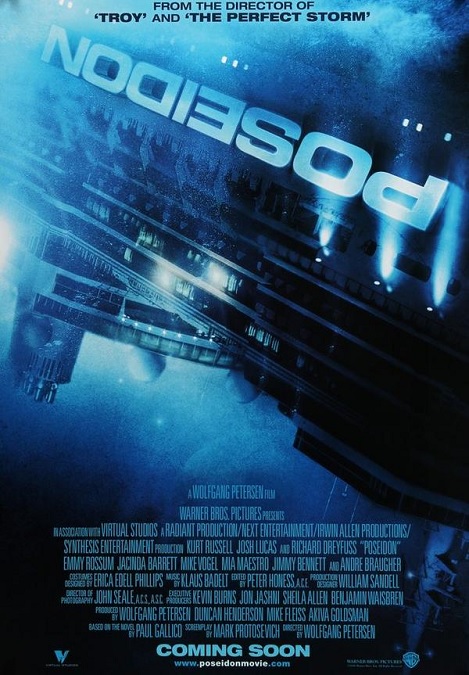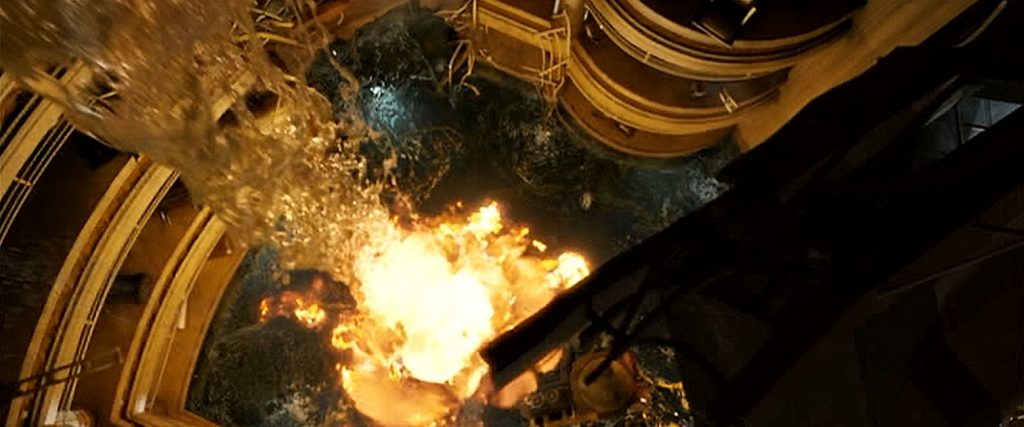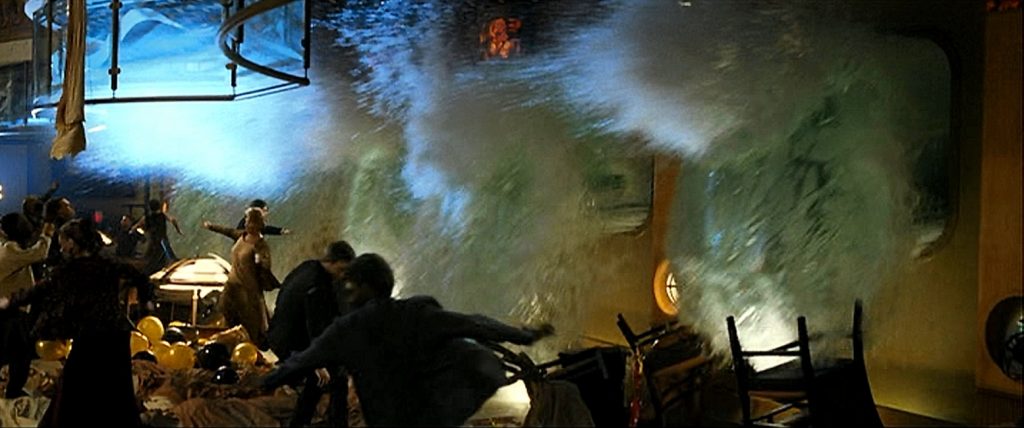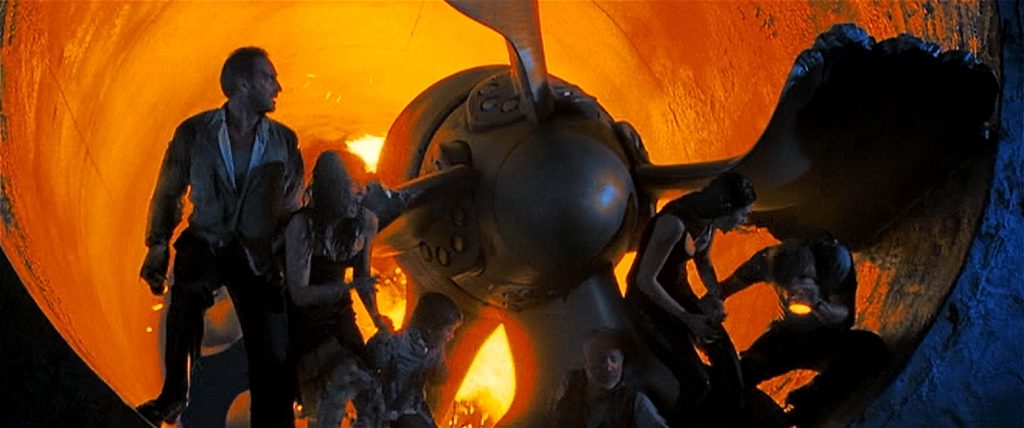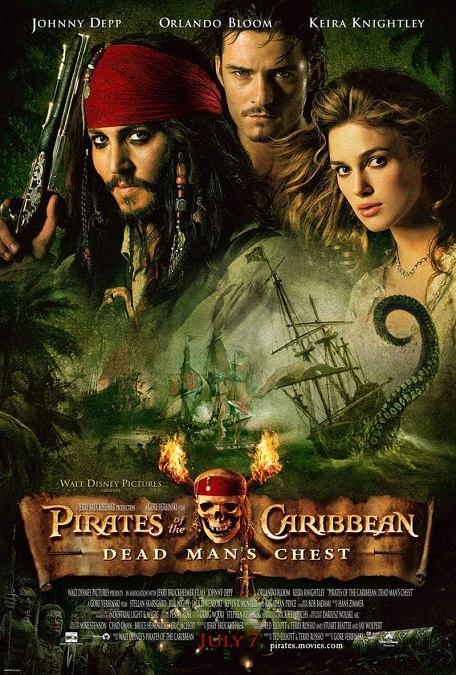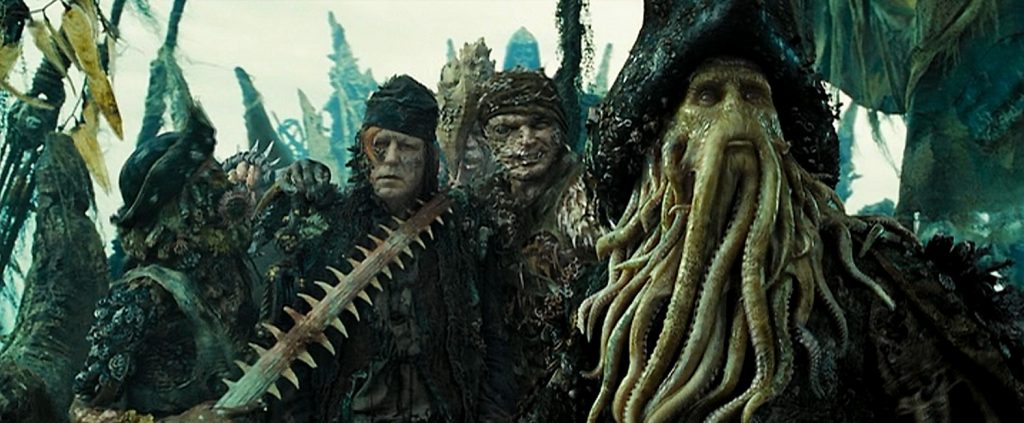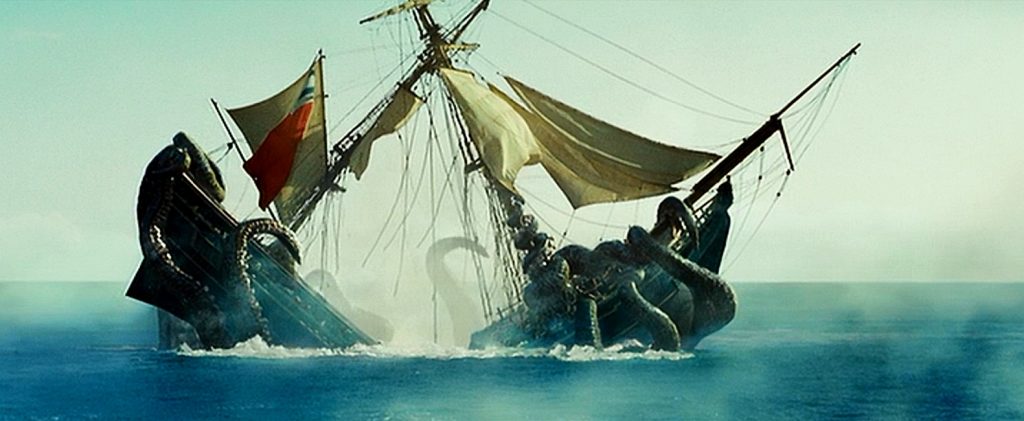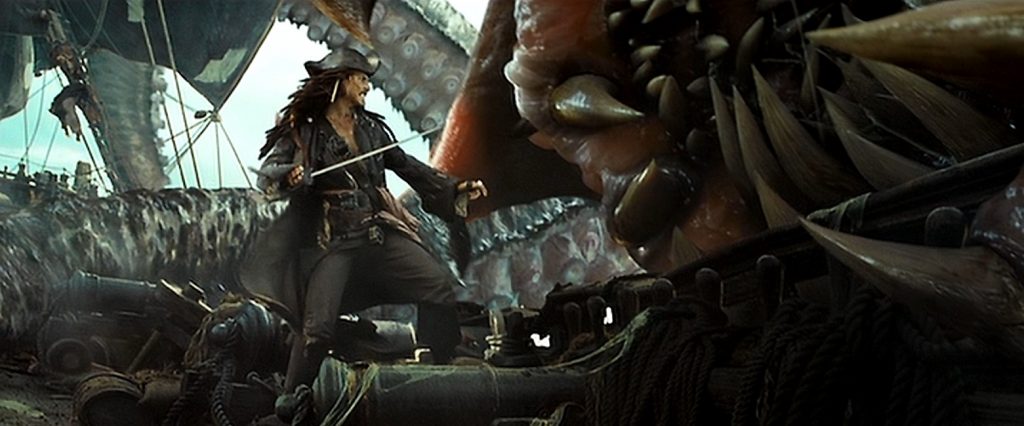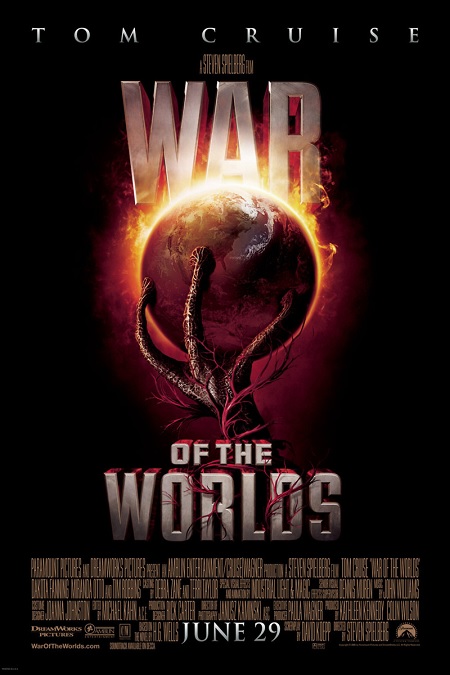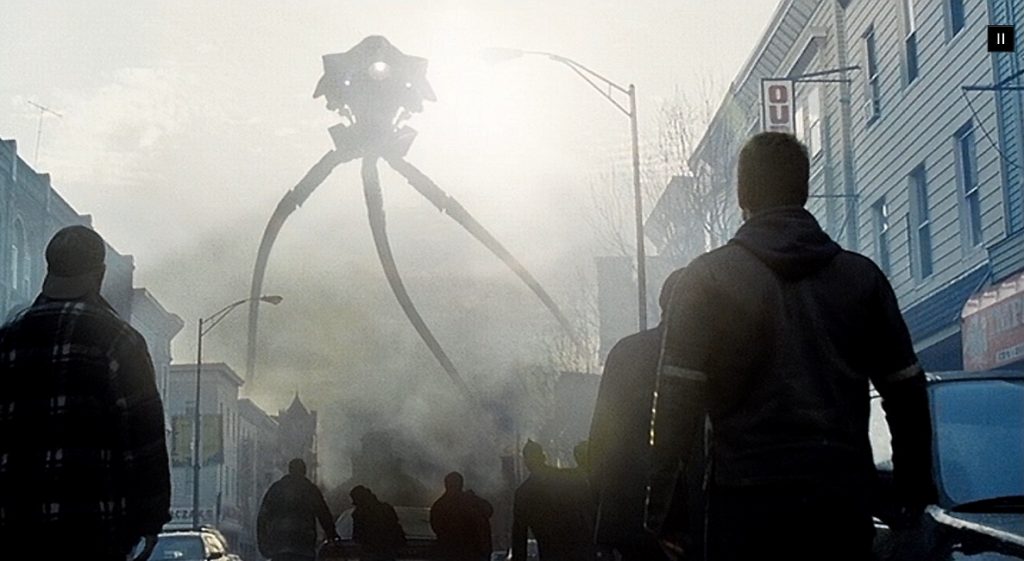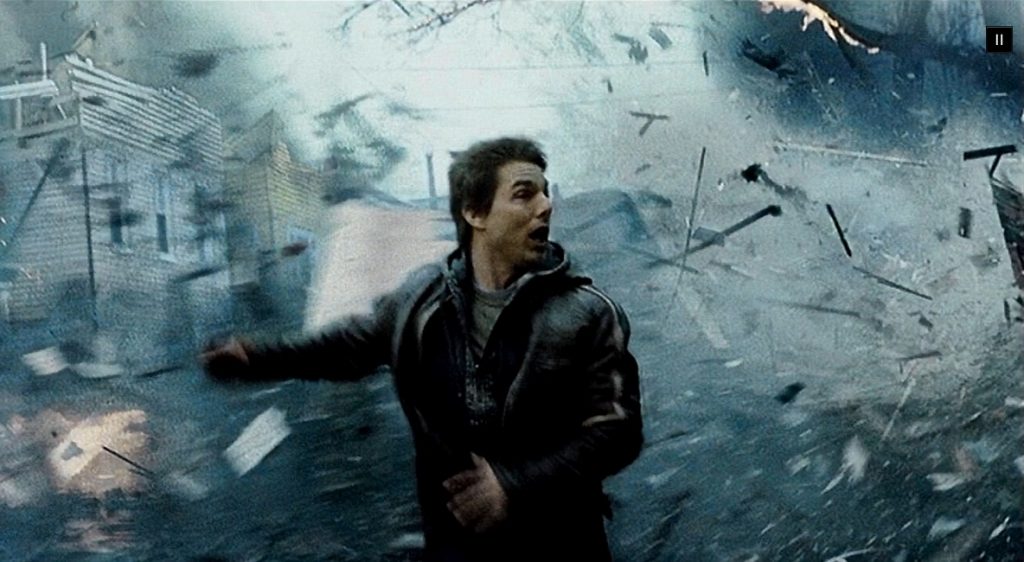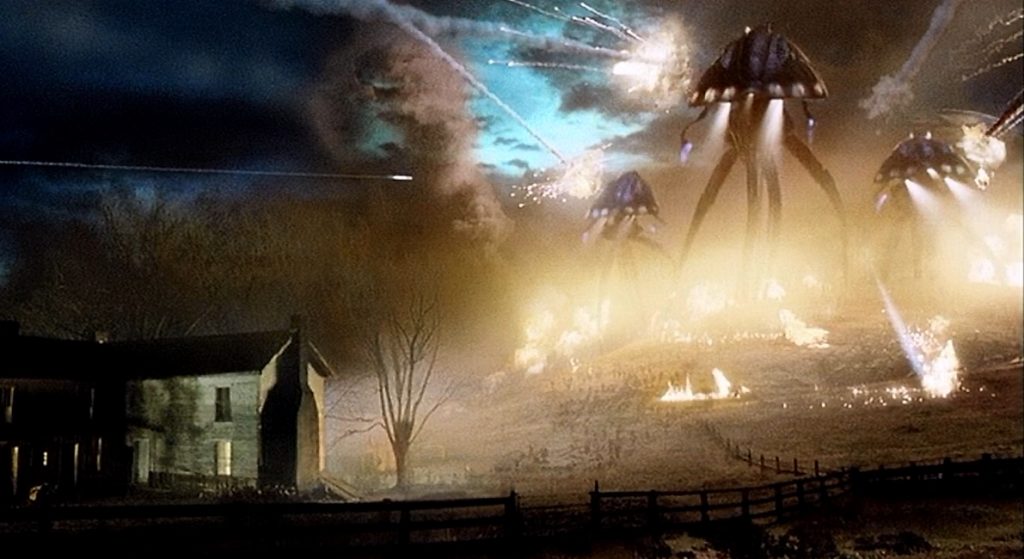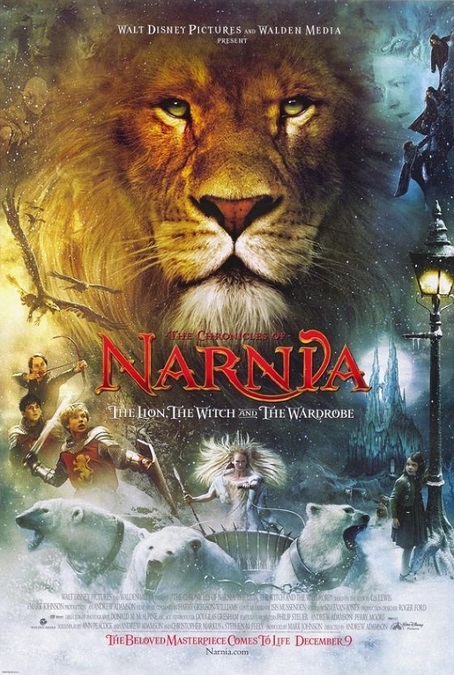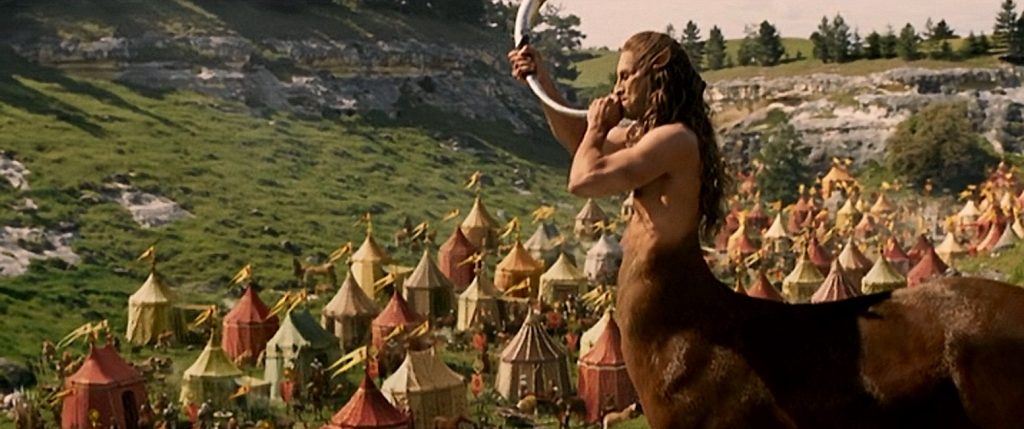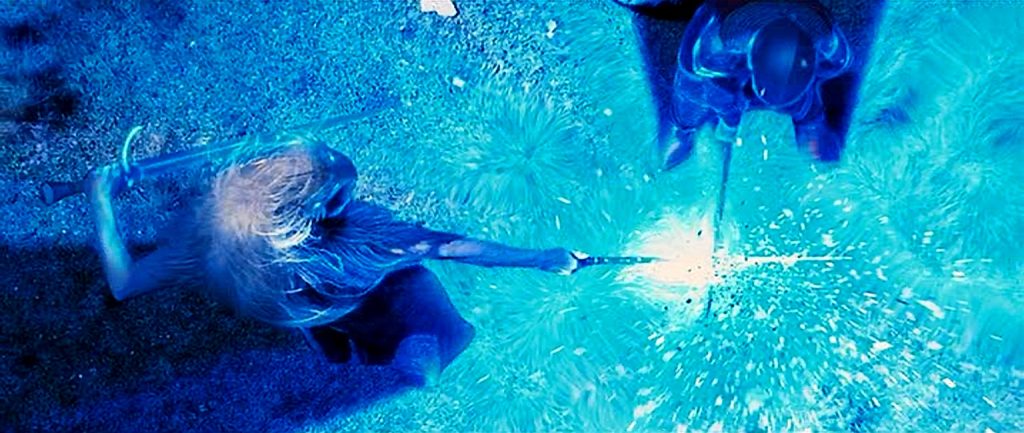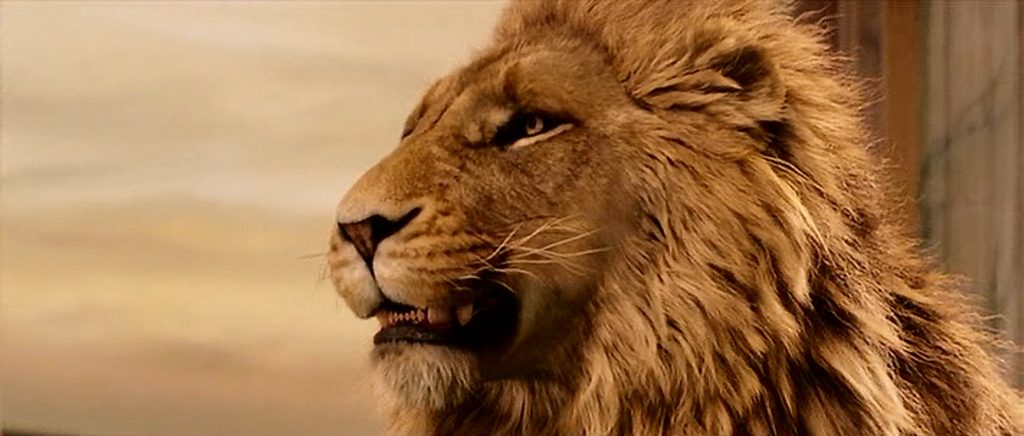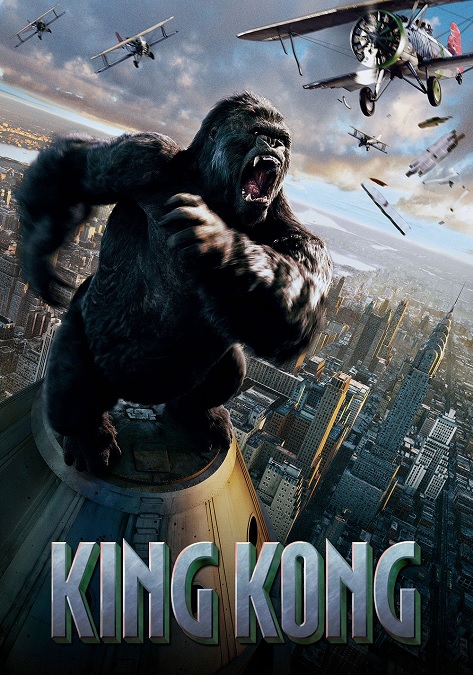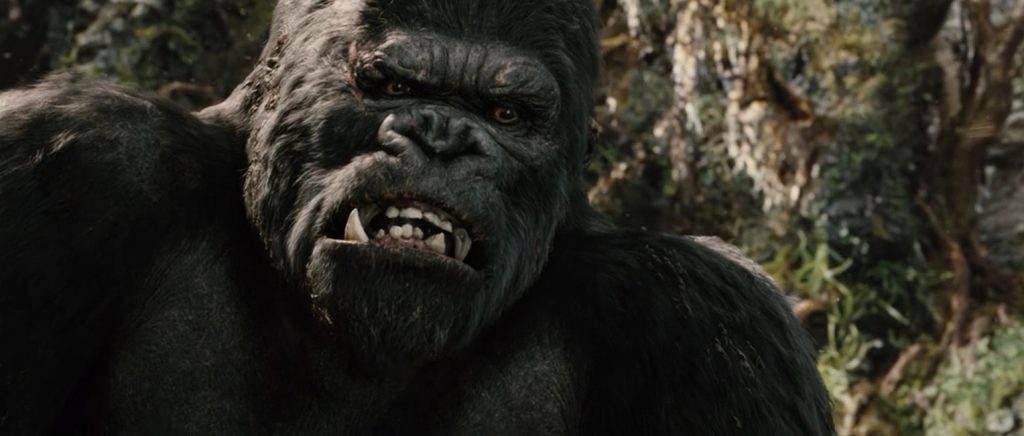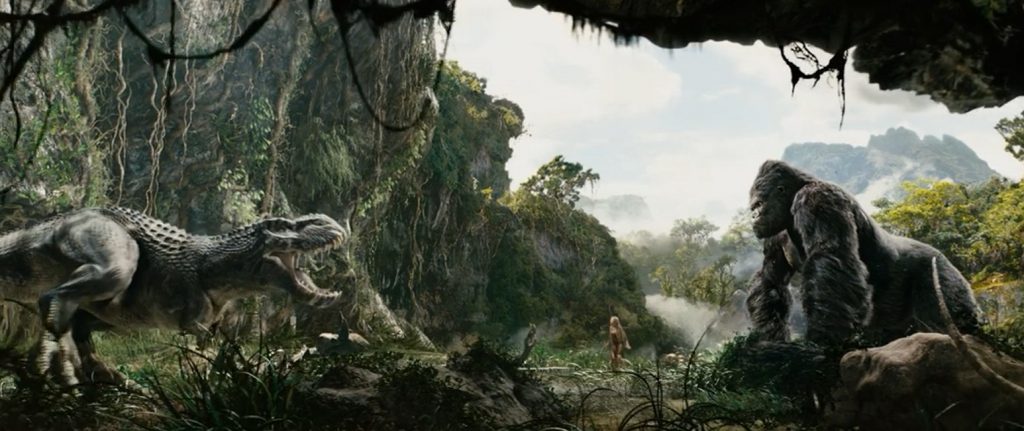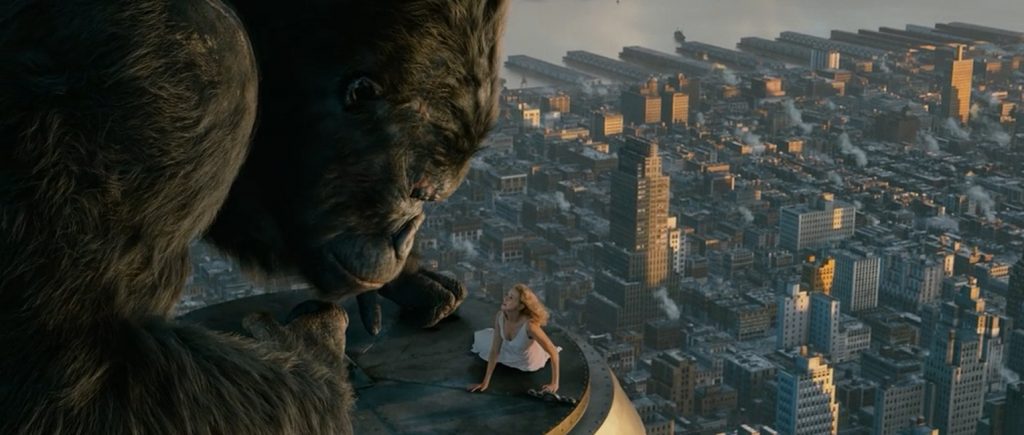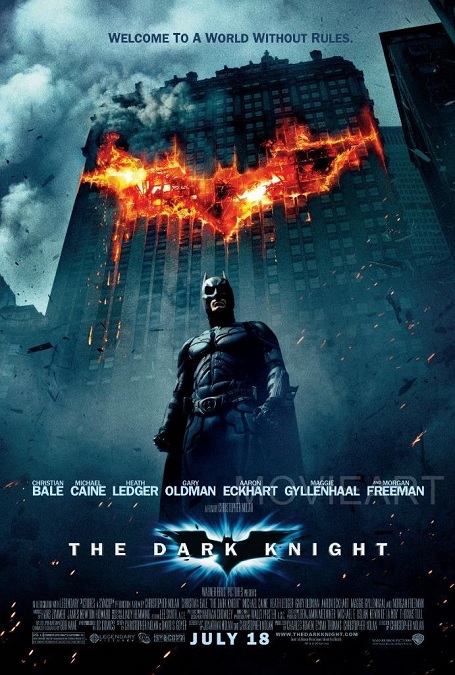
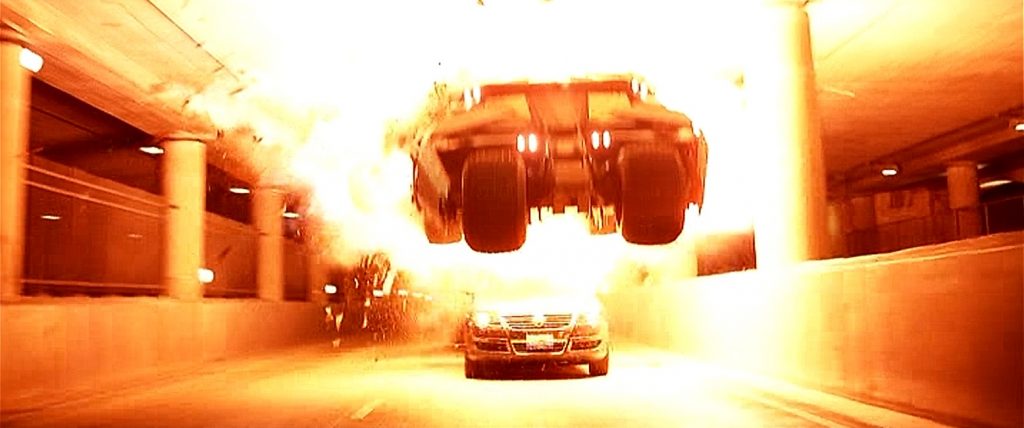
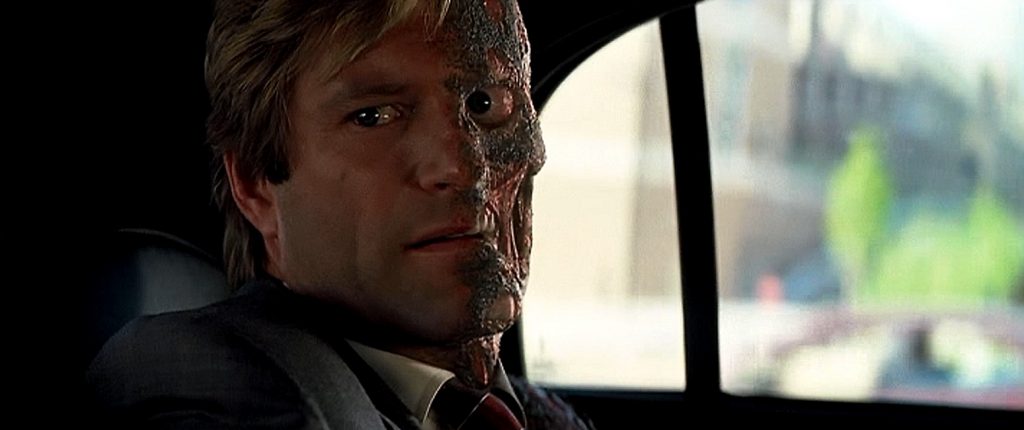
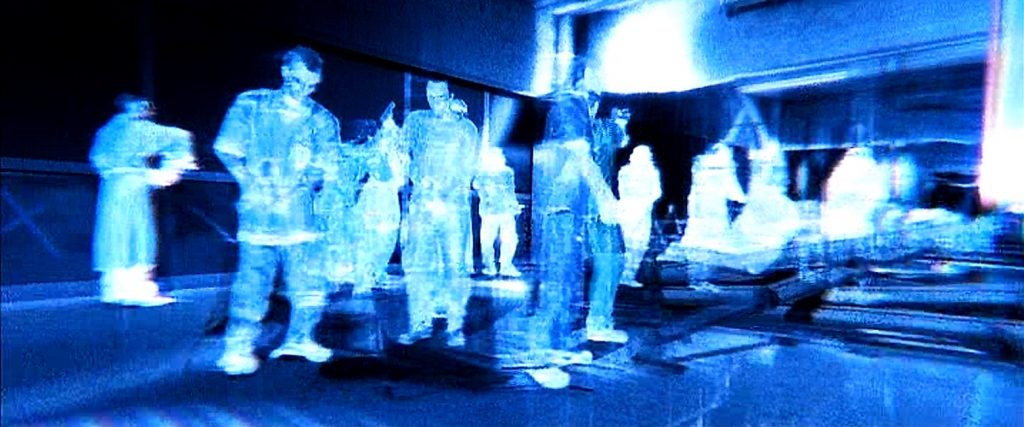
The Dark Knight – 2008

My initial reaction to the visual effects in this Batman movie, is that I was a little underwhelmed. I’ll say that it was a good movie, without a doubt, but I just wasn’t terribly impressed with the effects. But upon closer inspection, I have gained a certain amount of respect for them. There was a good deal of practical effects and stunts, a fair amount of CGI work, and a lot of explosions to keep things interesting, but still, I wanted to be more impressed, somehow.
It’s that the movie was just so dark, and I don’t mean thematically. I mean visually. Many of the scenes took place at night or in dimly lit rooms. For example, there was a dramatic scene in which live stunt man in a Batman costume leaps off the roof of a skyscraper and extends his cape into a functional hang-glider. He becomes a CGI Batman, and flies around the city for several shots, and we are supposed to be impressed with the CGI. But it was in the dark, and the only time I could even see him was when he passed in front of a building that was lit up brightly, and yet cast almost no illumination. What’s the use of a visual effect if it is too dark to see?
And this is a good place to re-affirm that I definitely consider stunts to be visual effects. If you think about it, there are many things that are peripheral aspects of visual effects, like, at times, cinematography, set decoration, and make-up effects, but those things all have their own categories at the Academy Awards. Stunts do not, though many in the industry have been campaigning, unsuccessfully, to have the category created. So I think it seems right to consider stunts to be visual effects for now. If they ever get their own category, that would, of course, change.
A friend of mine pointed out that the scene in which a sixteen-wheel semi-truck was flipped over like a Scottish caber toss, because that was not a CGI effect. They actually flipped a big-rig. I can appreciate that effect and the ingenuity behind planning such a feat. But again, it took place at night on a dimly-lit street, so a lot of the details in the effect were muted, but what I could see of it looked pretty cool.
There were four other effects in the movie that really caught my attention. The first was when the bad guys set up a trip-wire for a flying helicopter, causing it to fly out of control, crash into a building, and plummet to the street. The second was when a hospital was blown up so badly that it collapsed like it was a planned demolition. That one actually took place in a daytime setting, so that was refreshing. The third was Batman’s ghostly blue sonar-sight, but that visual didn’t look like it would be too difficult to achieve.
The fourth was the character of Two-Face. The effect of the guy with half his face burned down almost to the bare skull was pretty awesome. Scary, but pretty awesome! The details of the inner-workings of his skinless face were incredible, especially around the eye when it moved. And I liked how the line of the teeth perfectly extended from the actor’s mouth to the digital mouth. Very cool effect!


